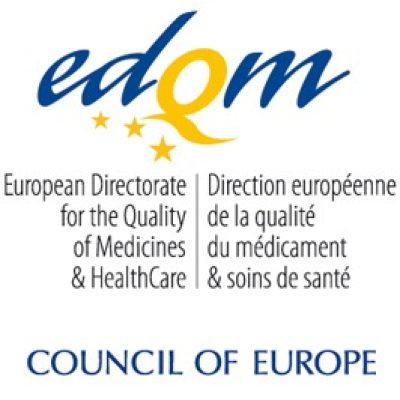In the context of the UNICOM project, researchers from the European Institute for Innovation through Health Data analysed the Standard Terms for Pharmaceutical Dose Forms from the European Directorate for Quality in Medicines (EDQM) as a possible candidate for global terminology. Such a terminology is important for the exact description of the form in which the medicinal product is be administered to the patient. The researchers argue that EDQM Dose Form terminology is fit for purpose and suggest minor changes. This article aims to provide a major contribution to the revision process of the ISO Standard ISO11239:2012 on dose forms of medicinal products.
It is now clear that in the coming years that a decision will have to be taken on the choice for a global terminology for dose forms, as this is instrumental for creating global identification numbers for national medicinal products, ensuring semantic interoperability across information systems, languages and borders. The authors advocate that EDQM is the best option as it can support all possible use cases: translated in 34 languages, it is a suitable terminology in terms of granularity for defining dose forms of medicinal products to enable fair comparison of similar medicinal products and global identification of medicinal products (IDMP). In this pivotal moment of IDMP implementation it was thus important to describe its unique features and explain what makes it fit for purpose as a global terminology and to propose possible needed improvements.
The conclusions of the authors rely on a quantitative and qualitative analysis of the textual definitions of the terms. Through an analysis of unique combinations of different sets of descriptors and characteristics, a small ontology was built in three levels. The ontology in Webprotégé was created of 22 higher-level concepts (based on the intended site characteristics) and 69 intermediate-level terms (newly created) to accommodate the 428 Pharmaceutical Dose Forms of EDQM. The development of the simple ontology of dose forms may contribute to the production of tools and didactic efforts to enhance the expertise of standardisation in regulatory agencies. It may also contribute to the semantic interoperability with other terminologies, such as SNOMED-CT and RxNorm.
The authors conclude that the evolution of European EDQM terminology towards a global terminology will need a governance process, which assures the coordination of IDMP implementation worldwide.


